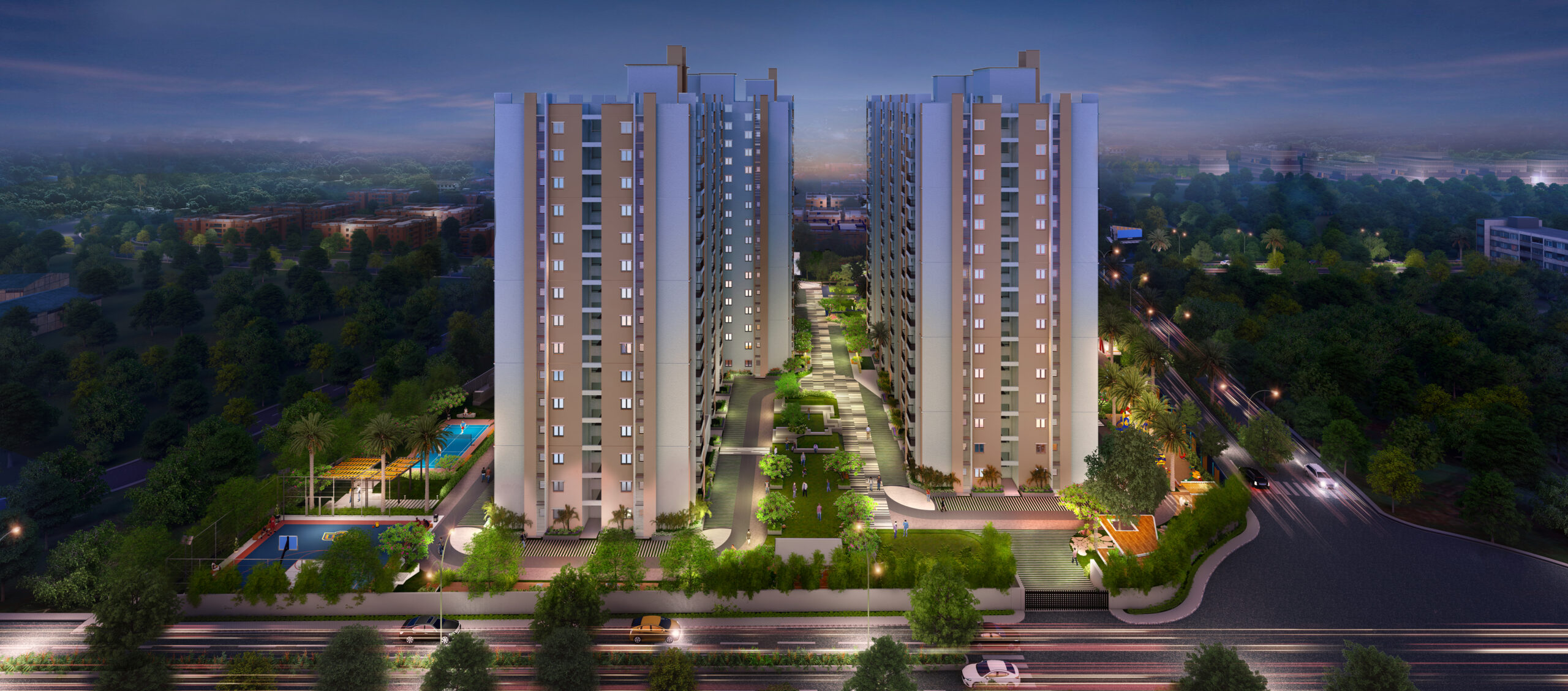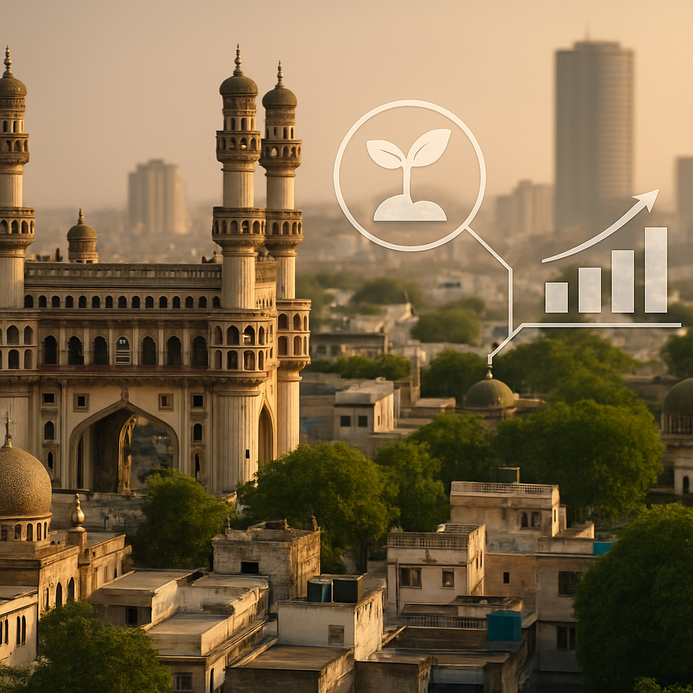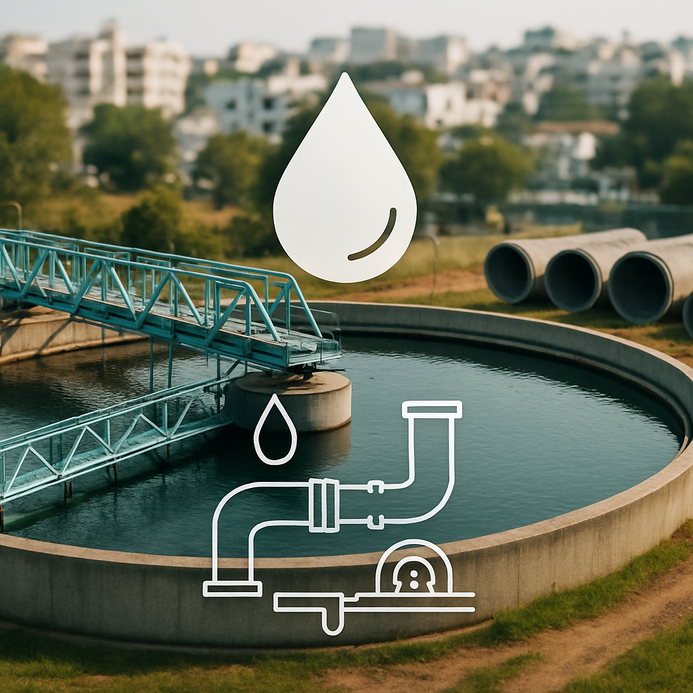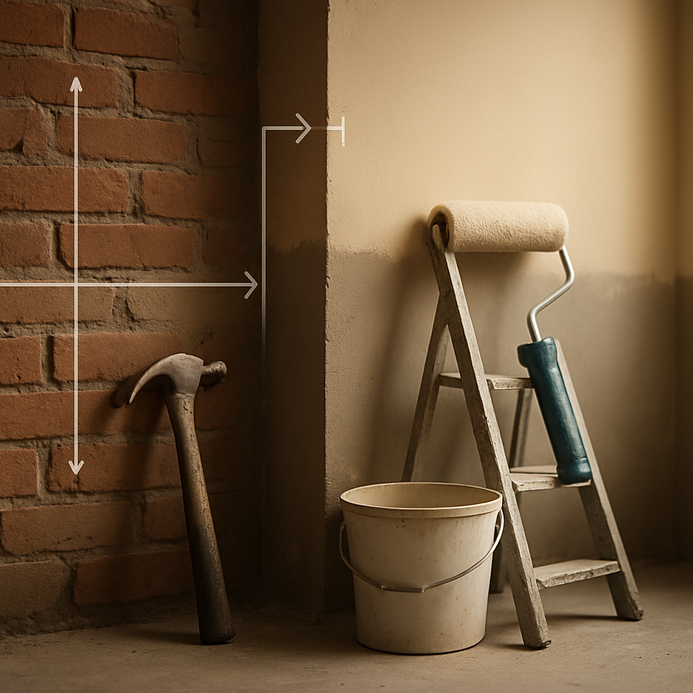Interest Rates and EMIs: The Connection You Can’t Ignore
Understanding Interest Rates and Home Loans
Interest rates really matter when you’re looking at home loans. They can seriously impact what you pay every month. So, how do they work? Well, a lot depends on things like the lender’s policies, what’s happening in the market, and how good your credit score is. Major players like HDFC and Kotak Mahindra Bank set their own rates, which can swing a bit based on what the Reserve Bank of India decides.
Now, you’ve got two main types of rates: fixed and floating. With a fixed rate, you know exactly what you’re paying for the entire loan term, it’s like setting a price on gas before your road trip. On the flip side, floating rates dance around with market changes. Right now, average home loan rates hover around 6.74%. HDFC, for example, is serving up some competitive options lately [Source: Forbes].
Here’s a little table to show you how different interest rates affect your EMI over a 20-year loan if you’re borrowing ₹50 lakh:
| Interest Rate (%) | Monthly EMI (₹) | Total Payment (₹) |
|---|---|---|
| 6.00 | ₹36,165 | ₹86,839,894 |
| 6.50 | ₹36,572 | ₹87,767,931 |
| 7.00 | ₹36,980 | ₹88,703,232 |
| 7.50 | ₹37,387 | ₹89,645,189 |
For borrowers, knowing the types of interest rates and what they mean for your EMI is super important. A lower rate equals lower monthly payments, which means you’re saving money on interest over time. Lots of factors come into play in this mix, including economic trends and inflation [Source: Reuters].
If you’re looking for more tips on managing your home loan, don’t miss our reads: prepayment vs. foreclosure and improving your CIBIL score. They’re all about making wise choices as a homebuyer.
The Ripple Effect of Interest Rate Fluctuations
Interest rates on home loans can turn your budget upside down. Just a tiny shift can mess with your EMI in a big way.
For instance, let’s say you grab a home loan of ₹50 lakh over 20 years at 7% interest. Your EMI? Roughly ₹38,651. But if that rate jumps to 8%, it can climb to about ₹42,151. That’s a hike of ₹3,500 every month. Seems trivial at first glance, right? But over the years, it piles up.
Check out this table to see the impact of different interest rates:
| Interest Rate | EMI (for ₹50 Lakhs) |
|---|---|
| 7% | ₹38,651 |
| 8% | ₹42,151 |
| 9% | ₹46,187 |
When interest rates change, it’s not just your EMI that shifts; it can affect how much you can actually afford, impacting where and what you buy. For those eyeing home loans, it’s vital to keep tabs on these ever-changing rates.
Stay in the loop and tweak your repayment strategies to tackle the unpredictability of rising rates, ensuring you keep your finances stable. If you need more guidance, check out our piece on The Essential Guide to Your First Home Loan.
Strategies to Manage Your Home Loan EMI During Volatile Times
Interest rates can swing a lot. So, it’s crucial to stay sharp about your EMI. Here are some solid strategies to keep your finances in check during these turbulent times.
1. Opt for a Floating Rate Home Loan
If you’re locked into a fixed-rate home loan, think about switching to a floating rate. These rates flow with market changes and might help you score lower EMIs [Source: Business Insider]. This could be a lifesaver when rates drop.
2. Refinance or Restructure Your Loan
Take a good look at refinancing your home loan. A lower interest rate could seriously lighten your monthly EMI.
3. Make Partial Prepayments
Got some extra cash? Making partial prepayments can really take a chunk out of your principal amount and lower your EMIs. This is especially smart when rates are high.
4. Consolidate Your Loans
If you have other loans hanging over you at high rates, consider rolling them into a home loan. This might ease the total interest you’re paying. Just keep an eye on your repayment strategy for better financial control.
5. Balance Your Expenses
It’s smart to tweak your budget. Set aside more for your EMI when rates are unstable. Trim down on unnecessary spending and hold off on new loans or credit during times like this to keep your commitments in check.
For more resourceful tips on managing your finances when things get shaky, check out our guide on home loan prepayment [Internal Link] or our strategies for property investment [Internal Link].
By sticking to these strategies, you can ride the waves of changing interest rates on your home loans without losing your balance.
The Future of Interest Rates: What Homeowners Should Anticipate
So, if you own a home, paying attention to interest rate trends is key. Future changes could play a big role in your finances. A lot of it hangs on economic indicators like inflation, job stats, and central bank actions.
Expert Predictions
Analysts are hinting that if inflation keeps winding down, we might see some interest rate cuts, stabilizing what you pay on home loans. For instance, if the average 30-year mortgage interest rate dips below 6.5%, that’ll likely make it easier for buyers to jump in.
In August 2025, the average rate was reported at 6.58%. That’s a decent drop that could boost the housing market.
| Month | Average 30-Year Mortgage Rate (%) |
|---|---|
| May 2025 | 6.74 |
| June 2025 | 6.68 |
| July 2025 | 6.67 |
| August 2025 | 6.58 |
The Federal Reserve will play a major role here. If they keep nudging the federal funds rate down, the costs for lending are likely to remain attractive for home buyers.
To sum it all up, keeping an eye on these trends will help homeowners make better decisions as they plan for their mortgage future. If you want to dive deeper into choosing the right home loan, check out our article on fixed vs floating interest rates or get the lowdown on guidelines for first-time home loan seekers.
FAQ
1. What is a fixed interest rate?
A fixed interest rate remains unchanged throughout the entire term of the loan, allowing borrowers to know exactly what they will pay each month.
2. What is a floating interest rate?
A floating interest rate fluctuates with market conditions, meaning your monthly payments can vary based on the prevailing rates.
3. How does interest rate affect my EMI?
The interest rate directly impacts the Equated Monthly Installment (EMI) you will pay. Higher interest rates lead to higher EMIs.
4. Which bank offers the best interest rates for home loans?
Currently, HDFC offers competitive interest rates starting at 6.70%, followed closely by Kotak Mahindra Bank starting at 6.75%.
5. What are the different types of home loans?
There are several types of home loans including fixed-rate loans, floating-rate loans, and loans tailored for specific groups such as NRIs.













